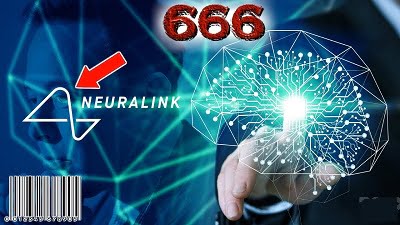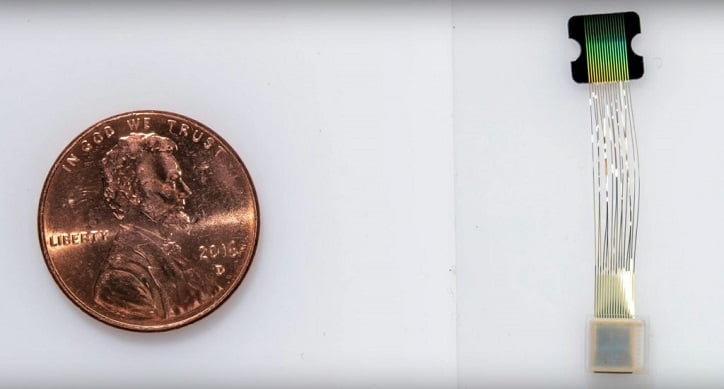A secretive brain-interface company founded by Elon Musk in 2017 with the goal of releasing a brain chip that connects the user’s brain to the internet. Initially, Neuralink’s goal was to figure out how brain-interfaces could help alleviate chronic pain for those suffering from chronic medical conditions. Little is known about the top-secret technology being developed, but the MIT Technology Review has some interesting hypotheses. “A look at the available evidence suggests Neuralink will show off a ‘high-bandwidth’ connection to a monkey brain—one able to extract lots of information by recording the activity of many neurons at once, using ultrathin flexible electrodes that could be used to do something cool, like get a monkey to play a video game with its mind.”
Speaking with Axios in November 2018, Musk said, “The long-term aspiration with neural networks would be to achieve a symbiosis with artificial intelligence, and to achieve a democratization of intelligence such that it is not monopolistically held in a purely digital form by governments and large corporations…”. “How do we ensure that the future constitutes the sum of the will of humanity? If we have billions of people with the high-bandwidth link to the A.I. extension of themselves, it would actually make everyone hyper-smart,” he continued.2

Neurolink wants to allow it’s users to control their smartphones via the N1 chip, which Musk says would be like “learning to touch type, to play the piano”.
Each group of threads could contain as many as 3,072 electrodes. Why was this shot (below) taken with Lincoln “In GOD We Trust” coin, in which GOD? An interestingly taken picture nevertheless.
For a full Neurolink presentation where they explain more about this technology and dig a bit deeper about it`s functionality click here.
Animal Cruelty
Neuralink also experiments with monkeys which has killed at least 15 out of the 28 monkeys experimented on. In addition, there is evidence that (including removing portions of the monkeys’ skulls and inserting electrodes in their brain, then filling the skull void with Bioglue) the monkeys were treated badly. PCRM filed a public records lawsuit to compel the UC Davis, the public university that is performing the studies) to release videos and photographs of the monkeys used in the Neuralink-funded experiments after UC Davis refused to cooperate. Neuralink then visited the university, copied the photos and videos, and then deleted them from the school’s systems.1
Sources:



